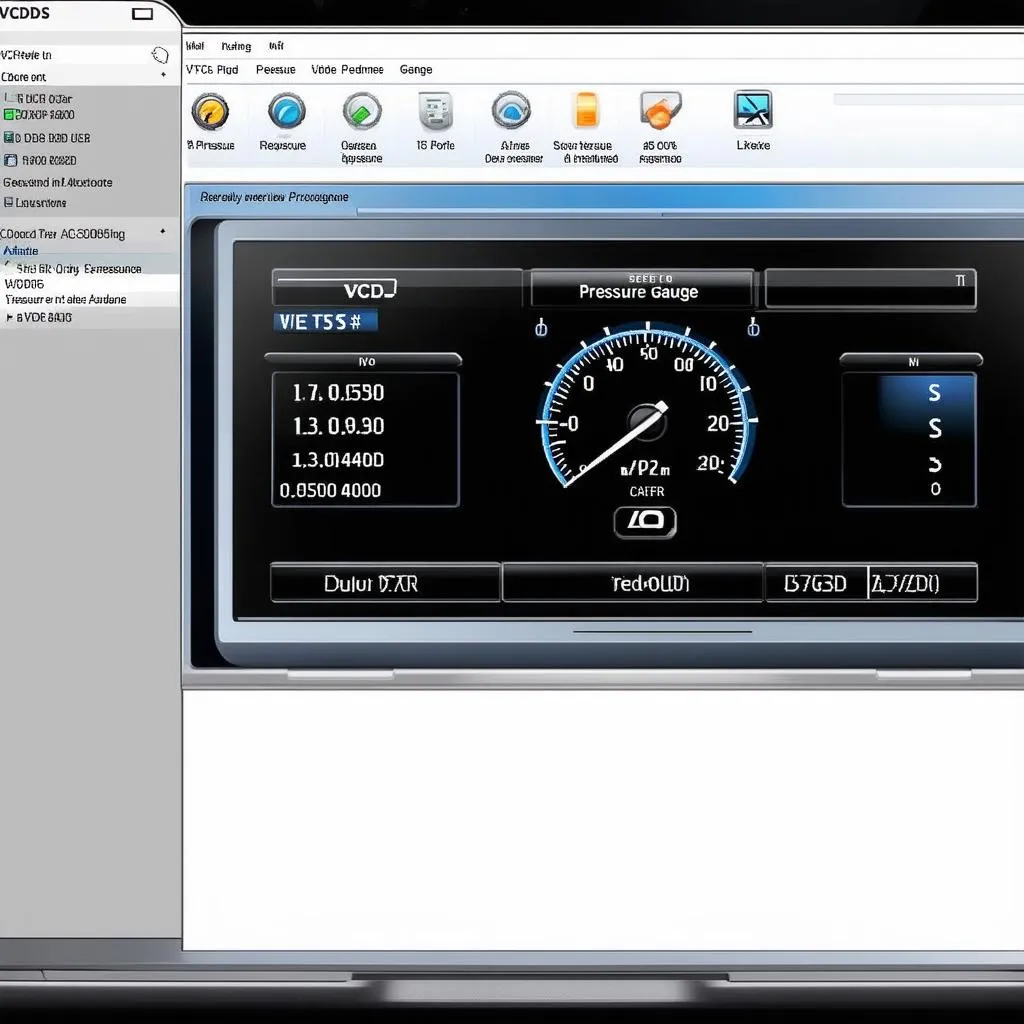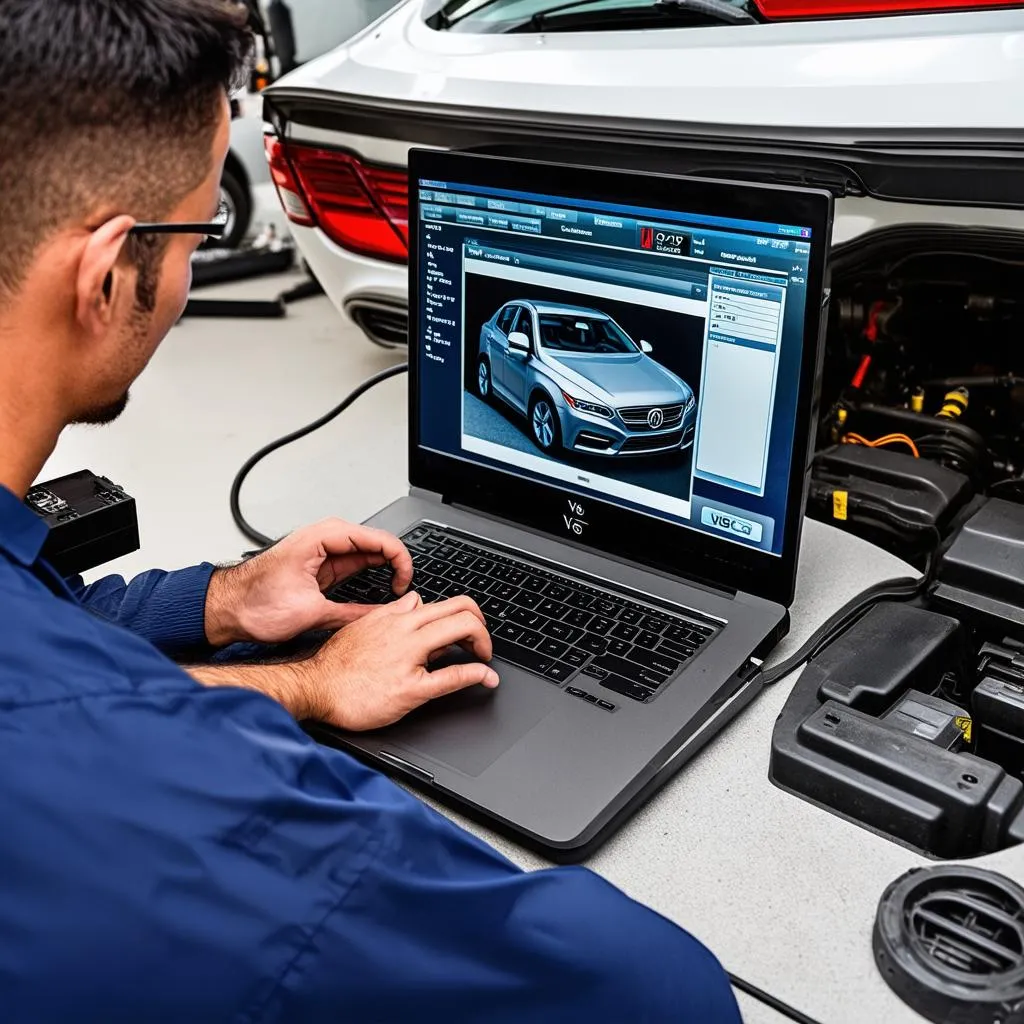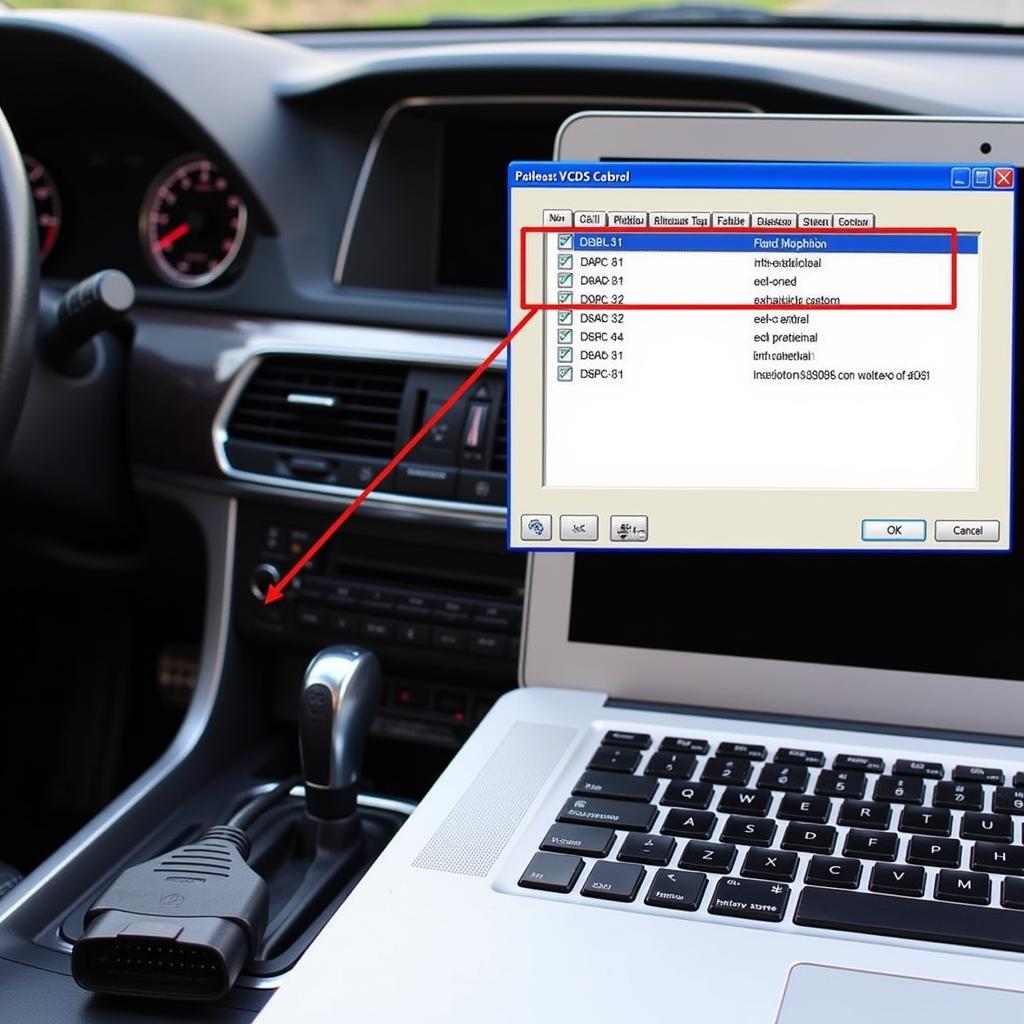One of the most valuable tools in an automotive technician’s arsenal is the ability to accurately diagnose and troubleshoot air conditioning (AC) systems. A malfunctioning AC system can be a significant inconvenience, especially in hot weather conditions. This is where the VCDS (VAG-COM Diagnostic System), a powerful diagnostic tool for Volkswagen Audi Group (VAG) vehicles, comes into play. By understanding “VCDS AC pressure” readings, you can gain valuable insights into the health and performance of an AC system.
What Does “VCDS AC Pressure” Mean?
“VCDS AC pressure” refers to the use of the VCDS software interface to read and interpret the pressure readings within a vehicle’s AC system. The software communicates with the vehicle’s Engine Control Unit (ECU) to display live data from various sensors, including those monitoring the AC system’s high and low-pressure sides. These readings are crucial for diagnosing a range of AC-related issues.
Why are VCDS AC Pressure Readings Important?
Monitoring AC pressure is essential for several reasons:
- Diagnosing Problems: Abnormal pressure readings often indicate underlying issues within the AC system, such as a refrigerant leak, a faulty compressor, or a blocked expansion valve.
- Preventing Further Damage: Identifying problems early through pressure readings can prevent further damage to the AC system, saving on costly repairs.
- Optimizing Performance: Ensuring the correct refrigerant pressure contributes to optimal AC performance, keeping the cabin cool and comfortable.
How to Interpret VCDS AC Pressure Readings
When using VCDS to analyze AC pressure, you’ll encounter readings for both the high-pressure (discharge) and low-pressure (suction) sides of the system. The specific pressure values can vary depending on factors like ambient temperature and the vehicle’s make and model. However, here’s a general guideline:
Normal Ranges:
- High-Side Pressure: Typically ranges from 200 to 300 PSI (pounds per square inch) when the AC system is running.
- Low-Side Pressure: Usually falls between 25 to 45 PSI when the system is operational.
Common Pressure Reading Issues:
- High pressure on both sides could indicate an overcharged system or a blockage in the condenser.
- Low pressure on both sides often suggests a refrigerant leak or a malfunctioning compressor.
- High low-side pressure accompanied by low high-side pressure might point to a problem with the expansion valve.
Expert Insight: As noted by automotive electronics specialist Dr. Robert Schmidt in his book “Modern Automotive Diagnostics”, “Accurate interpretation of AC pressure readings requires a solid understanding of the AC system’s components and their functions.”
Common Questions about VCDS AC Pressure
Q: Can I check VCDS AC pressure without professional equipment?
A: Yes, you can purchase a VCDS interface and download the software online. However, keep in mind that interpreting the readings accurately often requires some technical knowledge.
Q: My VCDS shows low AC pressure. What should I do?
A: Low pressure often indicates a refrigerant leak. It’s crucial to get the system inspected and the leak repaired by a qualified technician before recharging the refrigerant.
Q: What are the risks of ignoring abnormal VCDS AC pressure readings?
A: Ignoring these readings can lead to further damage to your AC system, potentially resulting in costly repairs or a complete system failure. Early detection is key.
 VCDS AC pressure gauge
VCDS AC pressure gauge
Using VCDS for More Than Just AC Pressure
While this article focuses on AC pressure, it’s important to remember that VCDS offers a wealth of diagnostic information beyond just AC-related data. You can use it to:
- Read and clear fault codes from various control modules.
- View live data from sensors related to the engine, transmission, airbags, and more.
- Perform adaptations and basic settings adjustments.
To explore more about how to utilize VCDS for various diagnostic purposes, check out our articles on VCDS Boost Pressure and DSG VCDS.
 Mechanic using VCDS for AC diagnostics
Mechanic using VCDS for AC diagnostics
Conclusion
Understanding and interpreting “VCDS AC pressure” readings is vital for anyone looking to diagnose and repair VAG vehicle AC systems effectively. By recognizing normal pressure ranges and common issues reflected in pressure readings, you can pinpoint problems early, prevent further damage, and ensure optimal AC performance. Remember, while VCDS is a powerful tool, seeking assistance from a qualified technician is recommended for complex issues or if you’re unsure about interpreting the data.
For further information or support with automotive diagnostics, feel free to connect with the experts at CARDIAGTECH.


